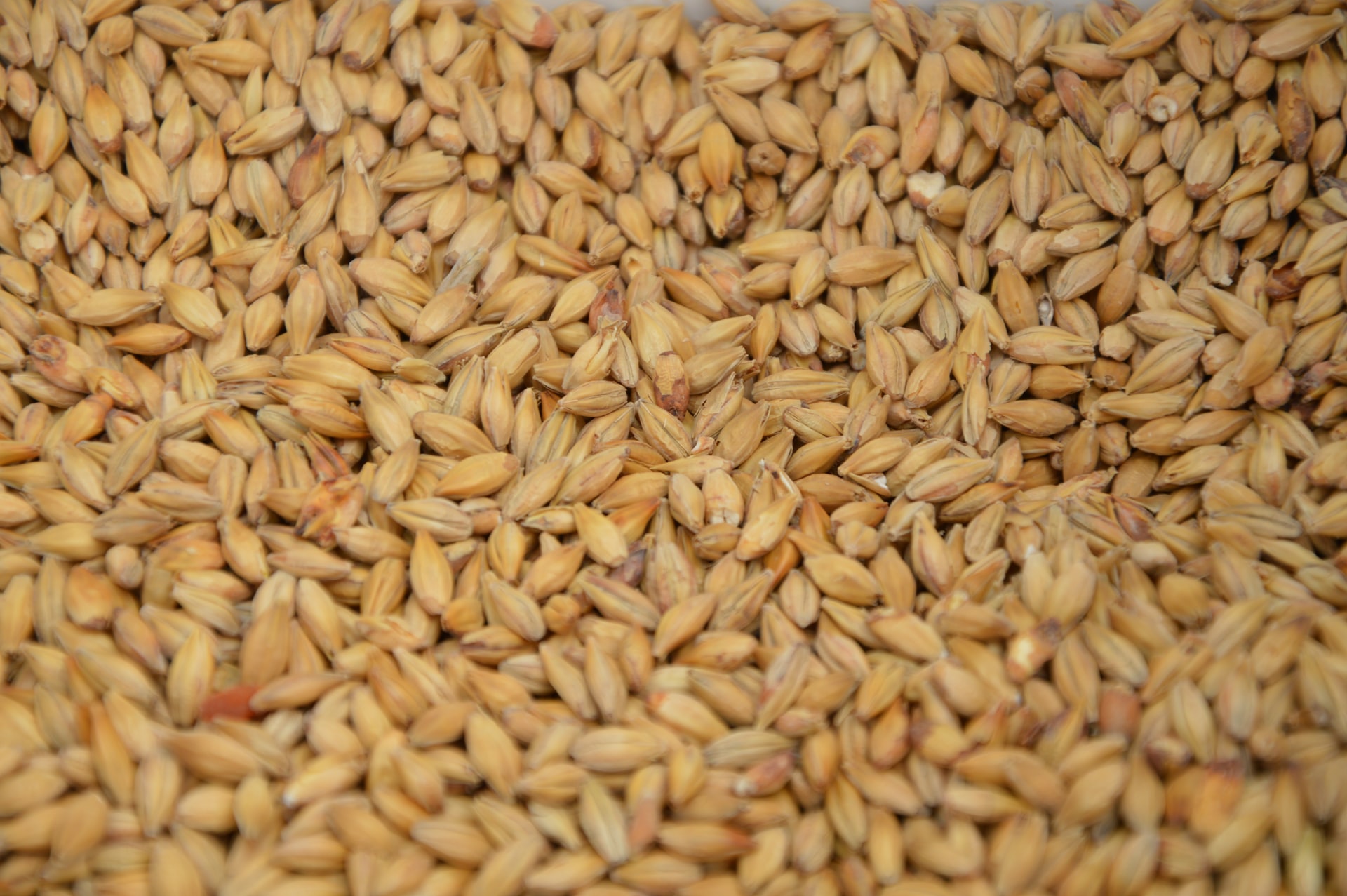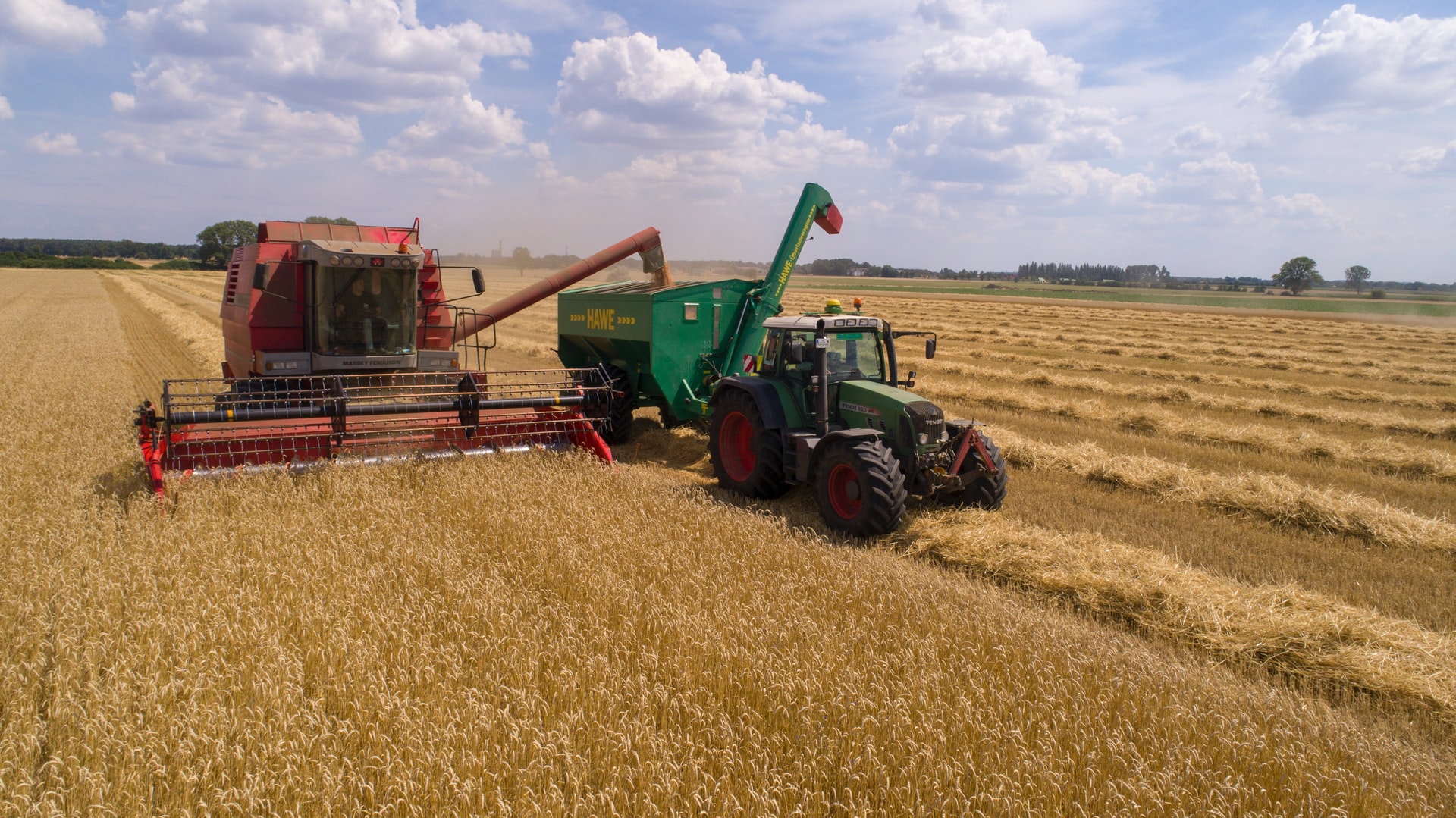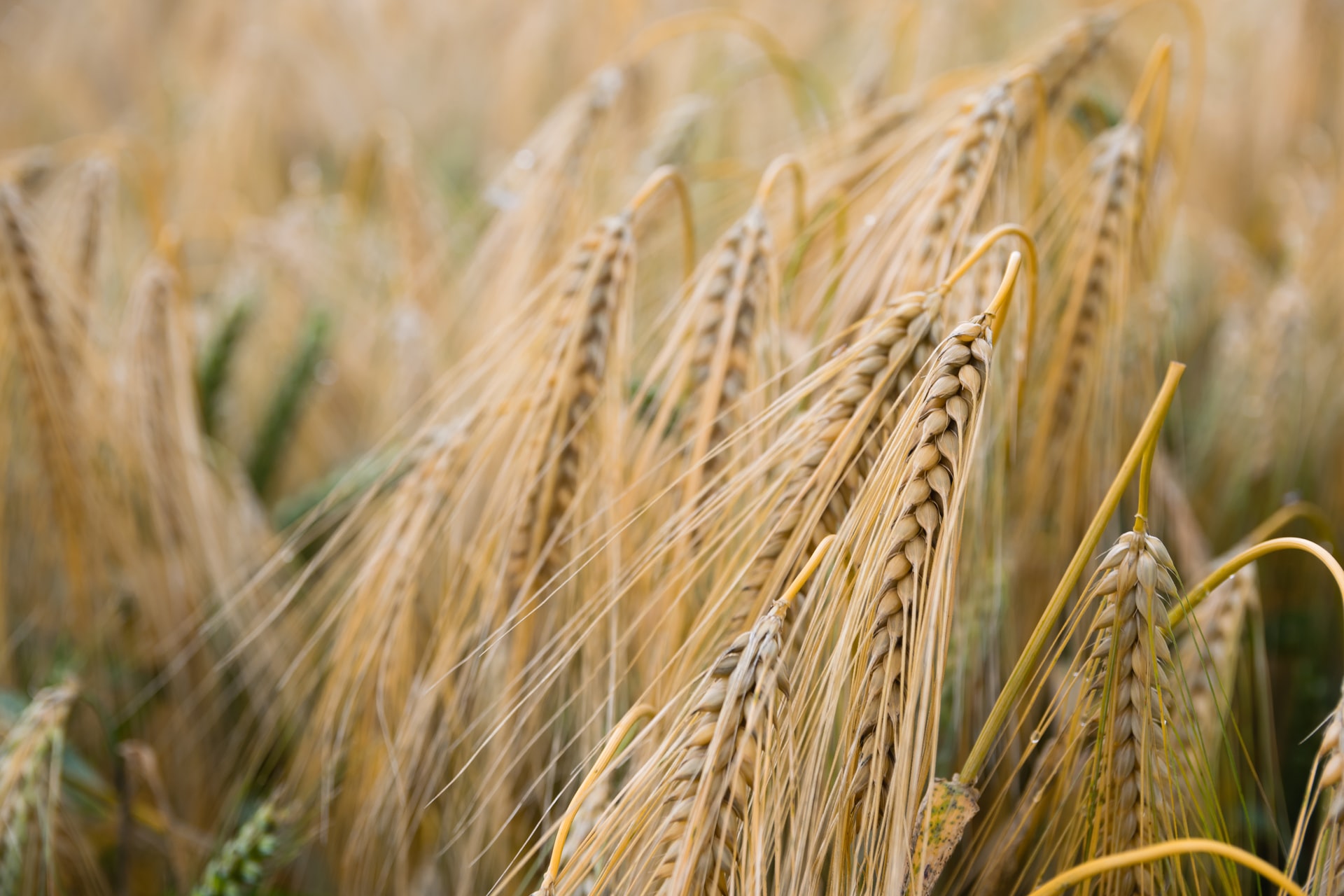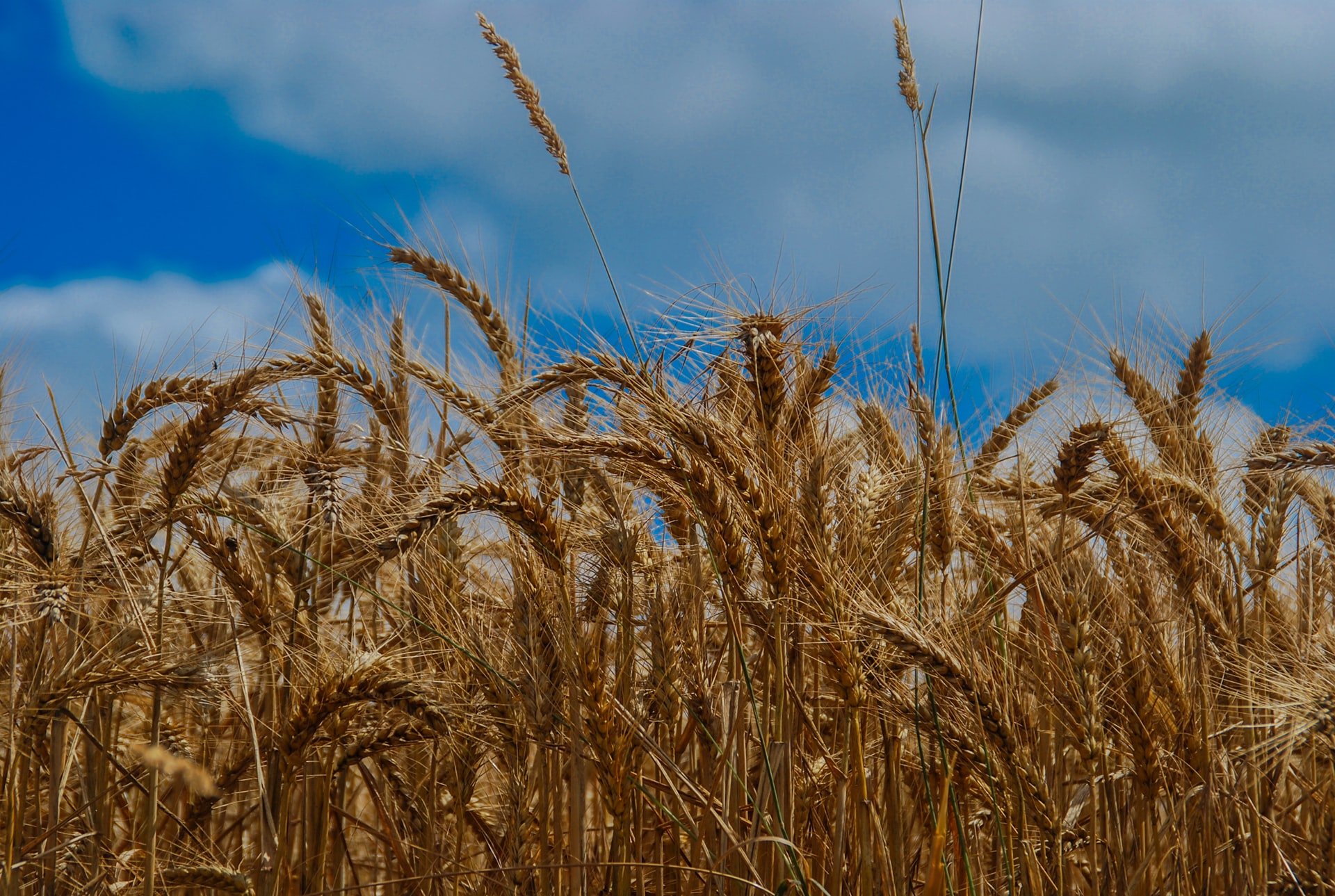Protein crucial for market strength
By Darcy Ingram
8th September, 2021
Winter is behind us and the Australian wheat crop is in great shape for another bumper harvest with most forecasts falling short of a record year but well in excess of 32 million tonnes. Rainfall in spring will of course be crucial to the final result but with strong pricing and the BOM forecasting above average rainfall for the east coast, growers have plenty to be excited about. With wheat yields looking solid, focus then shifts to quality in a year where achieving a higher protein wheat crop could be rewarded on the cash boards.
Much has already been made of the production problems encountered in the Northern Hemisphere. Severe heat and drought conditions have severely impacted the US spring wheat crop while Canada is expected to produce its smallest wheat crop in over a decade, dealing a major blow to importers that traditionally look to these origins as their source of milling wheat. Late rains during the European harvest are adding to global quality concerns, with test weight issues resulting in downgrades to French and German wheat crops. Ukraine’s bumper harvest will provide some relief to global demand and a surprise twist to Russia’s disappointing yields, a result of winterkill events, was an increase in crop rating. 44% of their crop was rated as good milling quality compared with 32% last year.
As a result of more low grade wheat entering the market, coupled with a balanced production of course grains it appears that the world will seemingly get its fill of feed grains. The same cannot be said of higher quality wheat where there will almost certainly be a deficit of milling grade wheat. Global futures markets are reacting to the news and imports may need to be curbed where possible however, intrinsic demand remains that Australian exports can play a key role in filling.
Global freight rates continue to be expensive and proximity will offer immediate trade advantages for Australia. Expectations are that we will actively participate in neighbouring Asian markets, including increased selling to China. A supply shortage could see our opportunities continue to expand as importers are forced to look to alternate origins to source their milling requirements. It is important to note that the opposite is also true of the current demand picture and any wheat of poorer quality may be forced to compete with the increased supply of feed grains from around the world.
In recent years, Australian wheat protein spreads have narrowed at harvest as quality concerns eased and confidence grew that we were able to meet our demand requirements. The spread between ASW and APW is currently sitting at around $15 to $20 for 21/22 wheat on the east coast. Where these prices go from here remains unknown, demand will become clearer in the lead up to harvest as will quality expectations. Australian premiums for higher protein wheat will certainly fluctuate in the coming months as weather continues to play its part. One thing is for certain, it won’t just be Australian farmers keeping a close eye on the crops.
Malt market brewing

In grain market wires it has been wheat and canola that have been hogging the headlines of late, however barley markets are also starting to attract some attention providing good news for growers of Australia's second largest winter crop.
Read More"Marge, the rains are 'ere - again?!"

Australian grain and oilseed producers continue to have one eye on the weather map, the other on the bidsheets, as prices that were considered “aspirational” only a few short weeks ago are being achieved just as the bureau adds some welcome colour to the forecast for much of the East Coast.
Read MoreAustralian grains set to rule the world

As the weather season starts to come to a close for the Northern Hemisphere production and the news of the Canadian canola seed production issues well digested by the market, what is next for the canola seed market and what does that mean for New South Wales new crop pricing?
Read MoreThe Northern Hemisphere production hiccups continue

It seems the age-old saying, 'one man's misfortune is another man's opportunity' is playing out in Australia this season...
Read MoreHarvest is coming

It's been a couple of months of proper winter with cold, wet and windy weather and hasn't it been delightful...
Read MoreAustralian grain market outlook

With July almost in the books and weather continuing to be cold, rainy and windy across most of the cropping regions of Australia, conditions couldn't be better as we approach spring...
Read MoreMother nature- The driver of markets

Mother nature tends to be a complicated and unpredictable force where quite often someone's misfortune turns into another's good fortune.
Read MoreHere comes the grain

With welcome rain across the month of June the majority of Australia's cropping regions are shaping up to have an average to well above average production year for 2021/22.
Read MoreWeather driven rally for grain prices

As we see off the month of June and for most people, the end of sowing, the BOM reports that last month produced above average to very much above average rainfall for a large part of the New South Wales cropping belt. Undoubtedly there are some that would appreciate a top up, however the general consensus is that a few days of dry weather would be a welcome break.
Read More